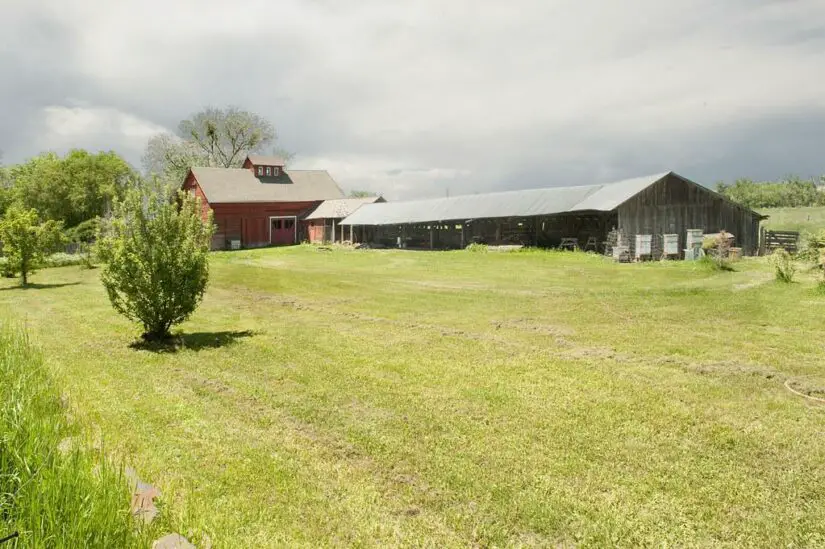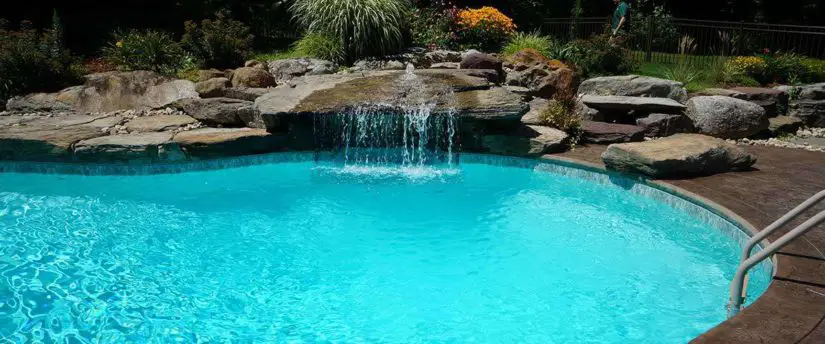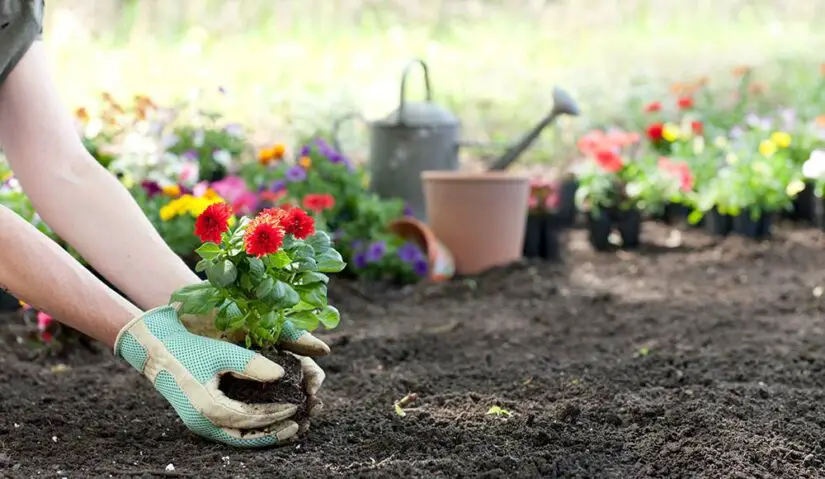Are you struggling with your scalped lawn? We will help you out by telling you what to do after scalping your lawn.
This article will give you essential tasks to undertake after scalping the lawn. You can also get tips for adequately watering and fertilizing your lawn to speed up the healing process. So, let’s scroll down to discover!
What Causes A Scalped Lawn?
Scalping a lawn is to cut more than one-third of your grass per mow. There are multiple reasons for the scalped lawn. The most common causes include the following:
- Setting the mower blade too low: Sometimes, you want to achieve an extremely low-cut appearance. Then, you set the mower blade too low, cutting the grass too short. The same problem arises when you don’t correctly calibrate the mower height adjustment.
- Poorly-maintained lawn mower: A mower with a dull or damaged blade will scalp your lawn. You will see uneven patches right after the cuts.
- High spots: Uneven or bumpy ground surfaces, like raised areas or high spots in the lawn bed, cause the mower to ride up and cut it too close.
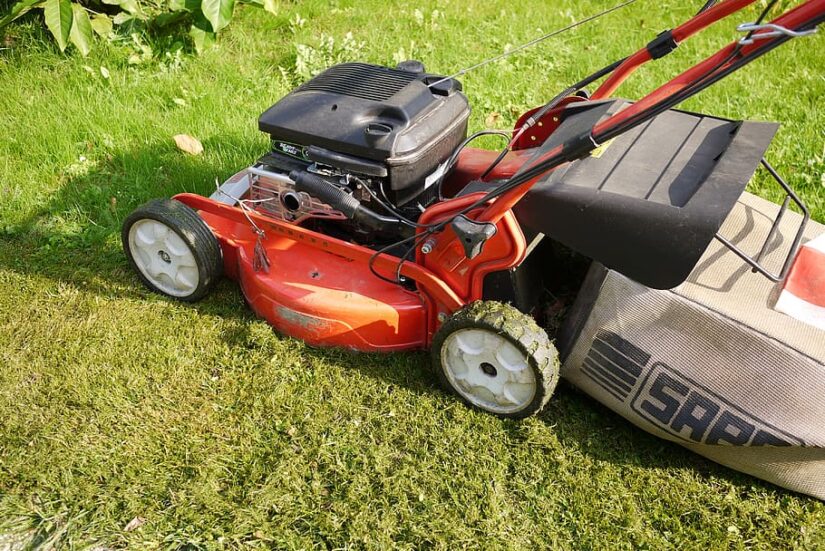
1. You may mow your lawn too short
What To Do After Scalping Your Lawn?
No matter why you scalp the lawn, you must care for the affected area carefully. So check the tips below to help it recover soon.
Do not mow the scalped area
The rule of thumb in this daunting situation is to avoid mowing the affected area, even if it shows signs of regrowth. Your grass undergoes a recovery phase to overcome the initial shock.
When you mow your lawn regularly, the grass allocates energy towards repairing the cuts made by the lawn mower. It also diverts resources from the blade and root growth.
In the case of a scalped lawn, the plant expends most of its energy to repair various parts, such as blades, culms, and stolons. Hence, continuously mowing forces your grass to focus on mending the cuts rather than the overall plant recovery.
Give it more water
Water plays a crucial role in aiding the recovery of a scalped lawn as it helps heal the damaged cells. The more severe damage, the more need for water.
You can use a garden hose to spray the affected area. Alternatively, adjust your irrigation system to spend more time on the water for the scalped section.
Spread more fertilizers
The scalped area requires more nutrients to aid in its rejuvenation process. However, avoid slow-release fertilizers, as these release nutrients over a period of 6-8 weeks.
So, opt for a liquid fertilizer that can start working immediately. Also, when applying the fertilizer, carefully follow the guidelines, as excessive amounts can have adverse effects.
With the right approach to fertilization, you can provide the necessary nutrients to promote healthy regrowth. Then, your scalped lawn can recover soon.
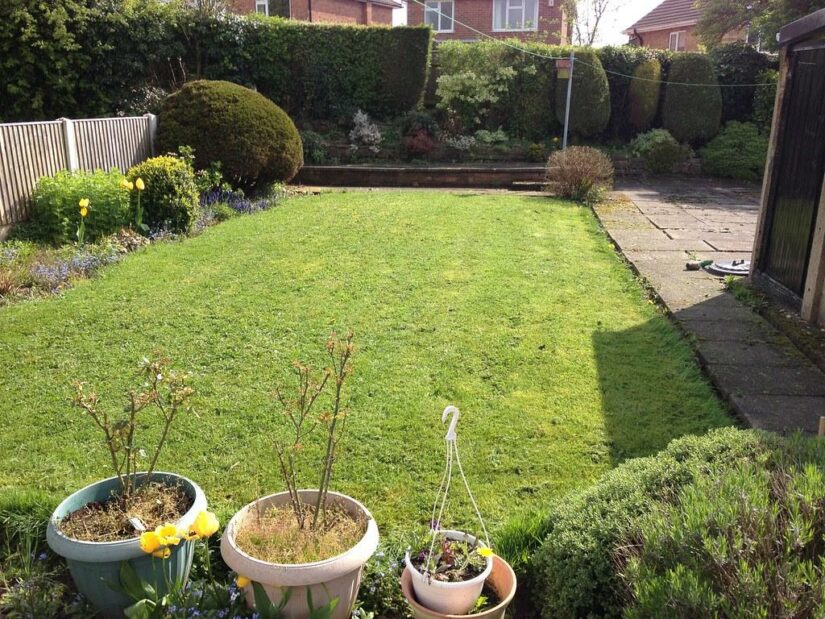
2. Take care of the scalped area
How To Prevent Scalping The Lawn?
You must follow proper mowing practices to prevent scalping your beautiful lawn. Here are some tips to bear in mind:
Identify the recommended cutting height of the grass
Different grass species have specific preferred cutting heights. Hence, learning the optimal height for your grass type is crucial to avoid trimming it too short.
Adjust the cutting deck
Set your lawn mower’s cutting deck at the correct height. Most mowers allow you to do that easily. So, ensure to set the machine to the recommended cutting height for your grass.
Maintain your lawn mower
Dull and damaged mower blades will tear the grass, leaving an ugly look on your green carpet. To prevent this problem, check and sharpen the mower blade regularly. Also, they need replacements after a long time of working.
Moreover, you should learn how to store your lawn mower correctly. Leaving the machine outside is fine, but there are practical tips to remember.
Finally, give your lawn mower the oil it requires. Some use non-detergent oil, but it comes with some disadvantages.

3. Using the lawn mower correctly is important
When To Scalp A Lawn?
Although you may accidentally scalp your lawn, sometimes you want to do it for some purpose. For example, homeowners may scalp their lawns because:
- They want more sunlight to reach the soil, accelerating the lawn’s growth.
- There are many dead grass blades or debris on the lawn. Hence, you cut the grass shortly to remove them.
- Scalping can be a natural way to promote healthier grass growth, as you don’t apply chemicals.
However, if you don’t scalp your lawn at the right time, it can’t recover soon or will die. So what should you do?
Before spring
For warm-season grass like Zoysia and Bermuda, it’s best to scalp your lawn in early spring before they recover from winter dormancy.
This process involves cutting your lawn very short to eliminate dead grass and debris. Then, the soil can warm up fast.
On the other hand, cool-season grass types don’t respond well to this treatment in spring. Instead, scalping will encourage weeds to grow and diminish the quality and density of your grass.
Lawn renovation
During lawn renovation, you will remove the existing grass by killing it or targeting just weeds. Scalping comes into play this time to allow for better seed-to-soil contact. And after that, new grass can grow easier.
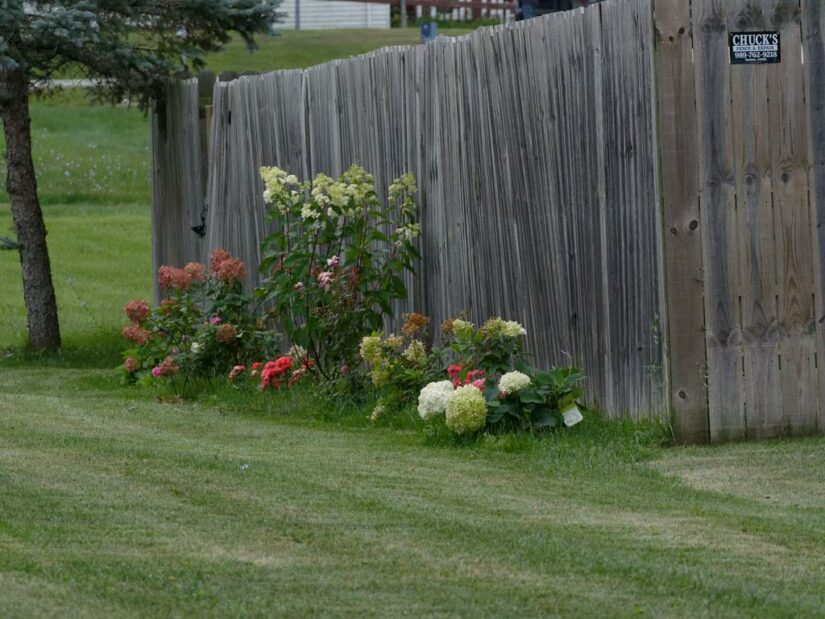
4. You may want to scalp your lawn for some reasons
Conclusion
Recovering from a scalped lawn requires some effort and time. Yet, with the correct approaches, you can restore its beauty soon.
Besides, remember to adjust your mowing habits, starting with using your lawn mower correctly. Then, you won’t have to worry about your lawn getting scalped again. It can even grow strongly and form a beautiful green carpet right in your property.
Thank you for reading!
